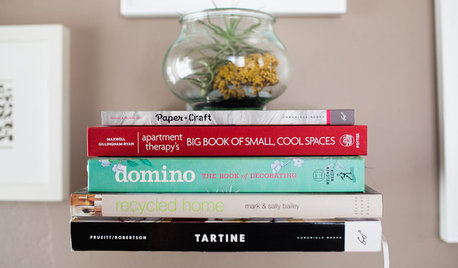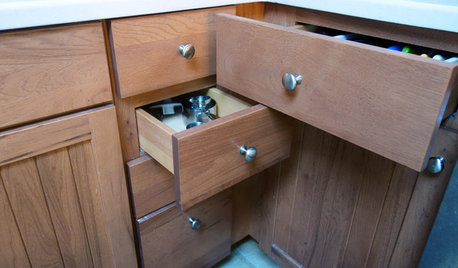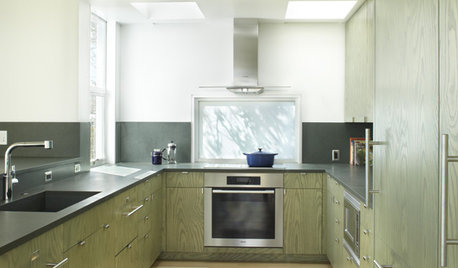Pickling safety
jonball49
12 years ago
Related Stories

DECORATING GUIDES8 Reasons to Jump Off the DIY Bandwagon
You heard right. Stop beating yourself up for not making stuff yourself, and start seeing the bright side of buying from others
Full Story
FUN HOUZZ10 Truly Irritating Things Your Partner Does in the Kitchen
Dirty dishes, food scraps in the sink — will the madness ever stop?
Full Story
DECORATING GUIDESPop Culture Watch: 12 Home Trends from the '80s Are Back
Hold on to your hat (over your humongous hair); interior design elements of the 1980s have shot forward to today, in updated fashion
Full Story
GREEN BUILDINGHouzz Tour: Going Completely Off the Grid in Nova Scotia
Powered by sunshine and built with salvaged materials, this Canadian home is an experiment for green building practices
Full Story
MONTHLY HOME CHECKLISTSSeptember Checklist for a Smooth-Running Home
Get ready to get cozy at home with snuggly blankets, well-stocked firewood, added insulation and more
Full Story
REMODELING GUIDESPro Finishing Secret: Aniline Dye for Wood
Deeper and richer than any stain, aniline dye gives wood stunningly deep color and a long-lasting finish
Full Story
MOST POPULAROvernight Guests Coming? How to Be a Great Host
Ensure a good time for all — including yourself — by following these steps for preparing for and hosting houseguests
Full Story
MOST POPULAR9 Real Ways You Can Help After a House Fire
Suggestions from someone who lost her home to fire — and experienced the staggering generosity of community
Full Story
REMODELING GUIDESOriginal Home Details: What to Keep, What to Cast Off
Renovate an older home without regrets with this insight on the details worth preserving
Full Story
DECORATING GUIDESRoom of the Day: Romancing a Maine Dining Room
Glossy paint and country-style furnishings make a 19th-century interior an affair to remember
Full Story





digdirt2
readinglady
Related Professionals
Roosevelt Landscape Architects & Landscape Designers · Peabody Landscape Contractors · Arden-Arcade Landscape Contractors · Berkeley Heights Landscape Contractors · Brockton Landscape Contractors · Fuquay-Varina Landscape Contractors · Glendale Heights Landscape Contractors · Ridgewood Landscape Contractors · Soddy Daisy Landscape Contractors · Streamwood Landscape Contractors · Northlake Landscape Contractors · Eastlake Landscape Contractors · Portland Roofing & Gutters · South Pasadena Roofing & Gutters · Rehoboth Driveway Installation & Maintenancedigdirt2
eahamel
jonball49Original Author
digdirt2
readinglady